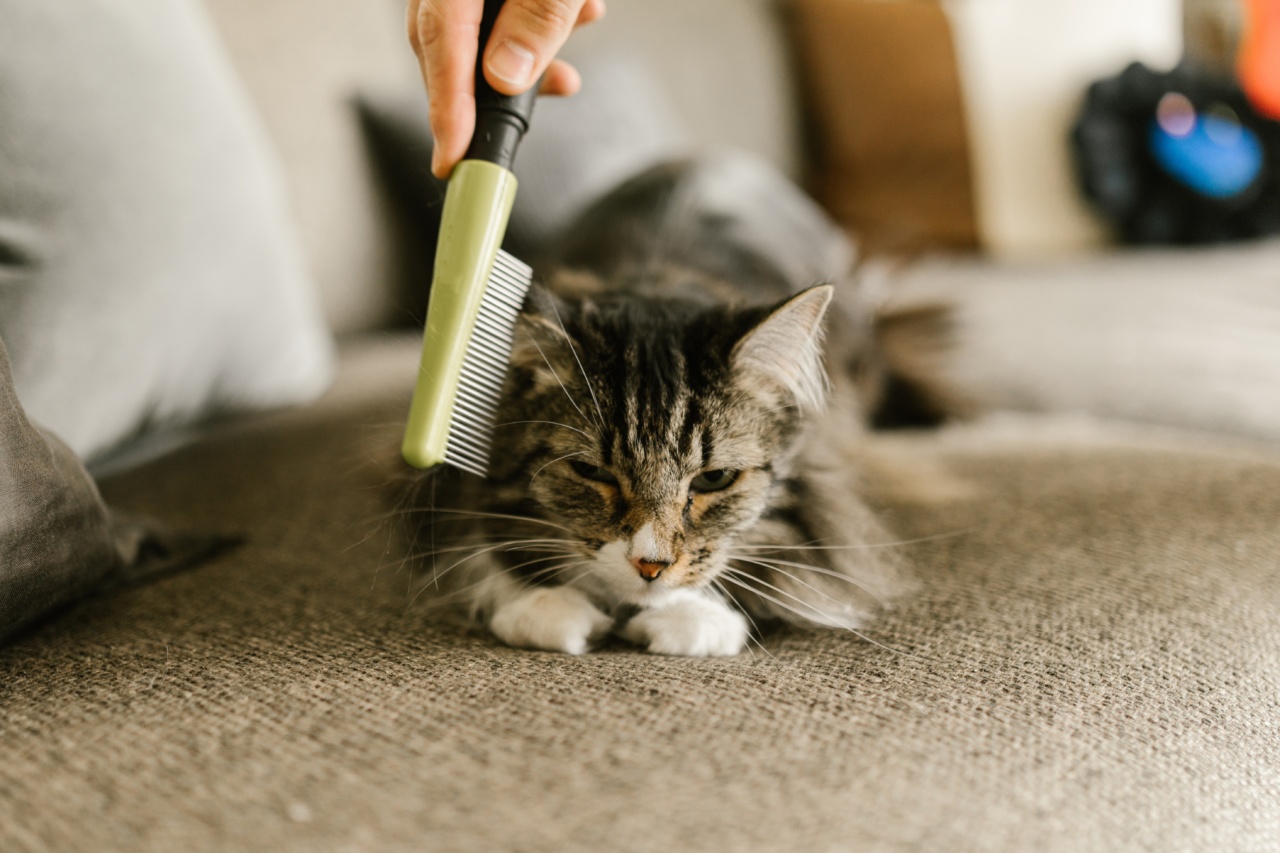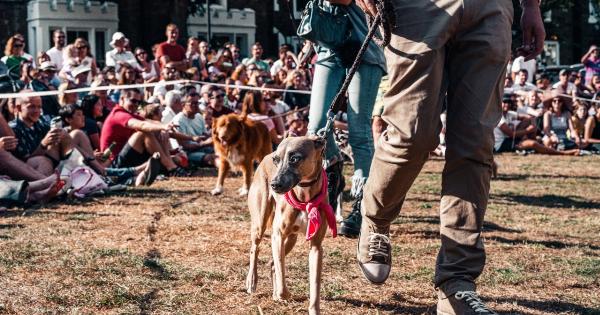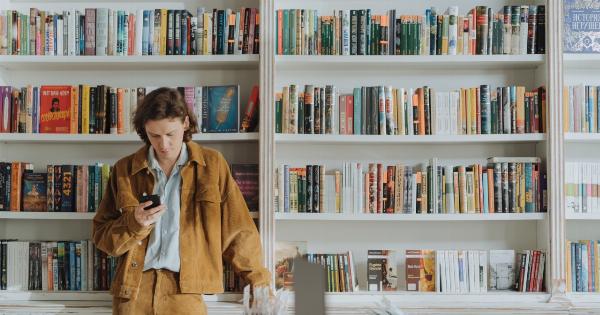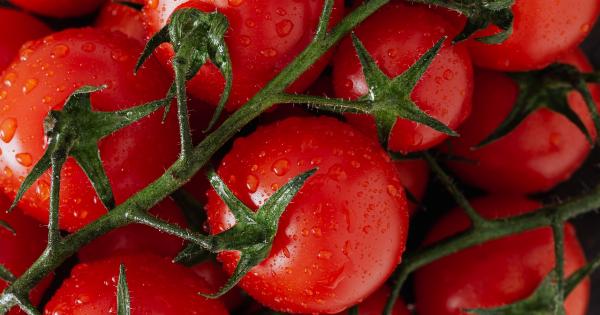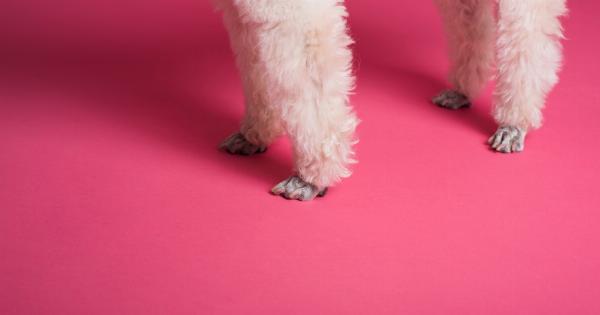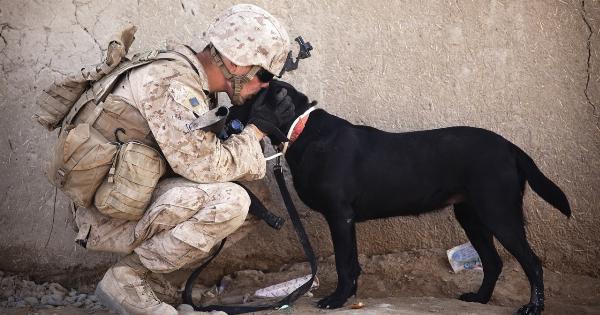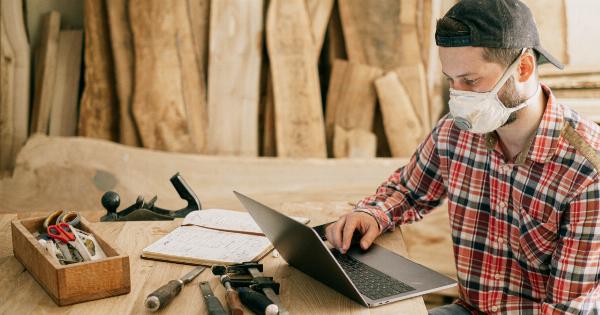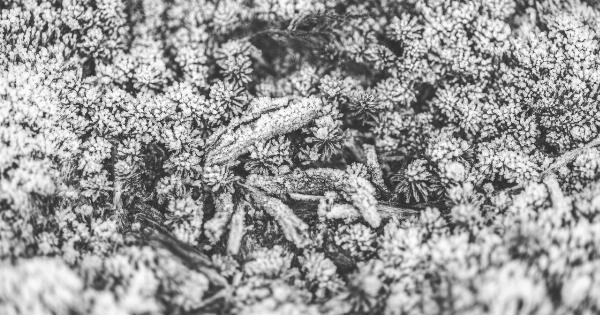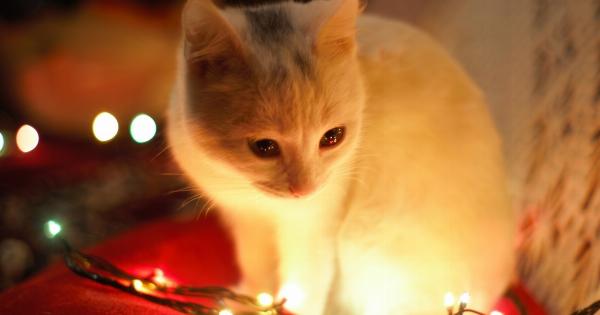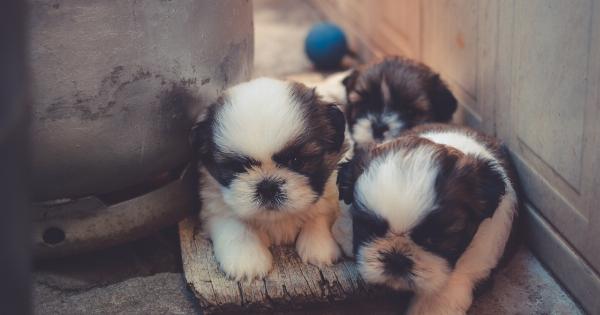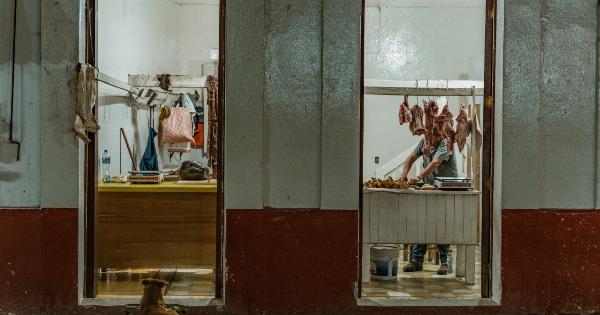Most dog owners love and care for their pets as if they were part of their own family. However, sometimes small things can go unnoticed, and seemingly harmless practices can have severe consequences.
One such practice is neglecting proper cleaning of dog bowls. Unsanitary dog bowls can result in the spread of harmful bacteria and parasites, posing a significant risk to both pets and owners.
In this article, we will delve deeper into the issue, highlighting the risks and consequences of poor cleaning practices.
Why is Proper Cleaning of Dog Bowls Important?
It has become common knowledge that food and water bowls used by humans need to be washed after every use. Unfortunately, many pet owners are not aware of the same principle applies to dog bowls.
Regular washing of a pet’s bowl is essential to maintaining hygiene and preventing health problems. Over time, bacteria, mold, and other pathogens build up in dog bowls, and without regular washing, they can become breeding grounds for harmful microorganisms.
When dogs eat or drink water from these contaminated bowls, they become vulnerable to infections and diseases such as:.
- Salmonella
- E.coli
- Staphylococcus
- Giardia
- Campylobacter
- Leptospira
Not only can pets contract these illnesses, but they can also transmit them to humans through their saliva. Additionally, when pets are fed in unsanitary conditions, they can develop skin and coat issues, stomach problems, and even allergies.
Therefore, proper cleaning of pet bowls is not only essential for their safety but also for those around them.
How to Clean Dog Bowls Effectively?
The ideal practice is to clean pet bowls after each meal. However, if this is not possible, aim to wash them daily. The following steps should be followed when cleaning pet bowls:.
- Scrape any excess food into the garbage
- Soak the bowl in hot soapy water (preferably pet-friendly) for 5-10 minutes to loosen any food particles and bacteria
- Using a scrub brush, scrub the bowl thoroughly, making sure to reach all corners and crevices
- Rinse the bowl thoroughly to remove any soap residue
- Dry the bowl completely with a clean towel or let it air dry.
Dogs are creatures of habit, and using different bowls may cause them to get confused or anxious. Therefore, having multiple bowls is not necessary, as long as regular cleaning is maintained.
Additionally, some pet owners may opt for dishwasher cleaning of pet bowls. In such cases, it’s essential to check that the dishwasher is safe for cleaning pet bowls before use, and always use the hot wash cycle.
Other Practices for Maintaining Pet Hygiene
Proper cleaning of pet bowls isn’t the only essential practice needed for pet hygiene. Other practices that should be observed include:.
- Regular grooming of pets to prevent skin and coat issues
- Cleaning and sanitizing pet bedding and litter boxes
- Vaccinating pets against common diseases
- Ensuring pets are not exposed to harmful substances or foods
Conclusion
Pet owners have a responsibility to ensure that their pets are safe and healthy. Regular cleaning of pet bowls is an essential part of maintaining pet hygiene.
Unsanitary dog bowls can expose pets to various infections, diseases, and allergies and can also be a source of contamination to humans. Proper cleaning of pet bowls should be observed regularly, and pet owners should also observe other hygiene practices to promote their pet’s overall health and well-being.
